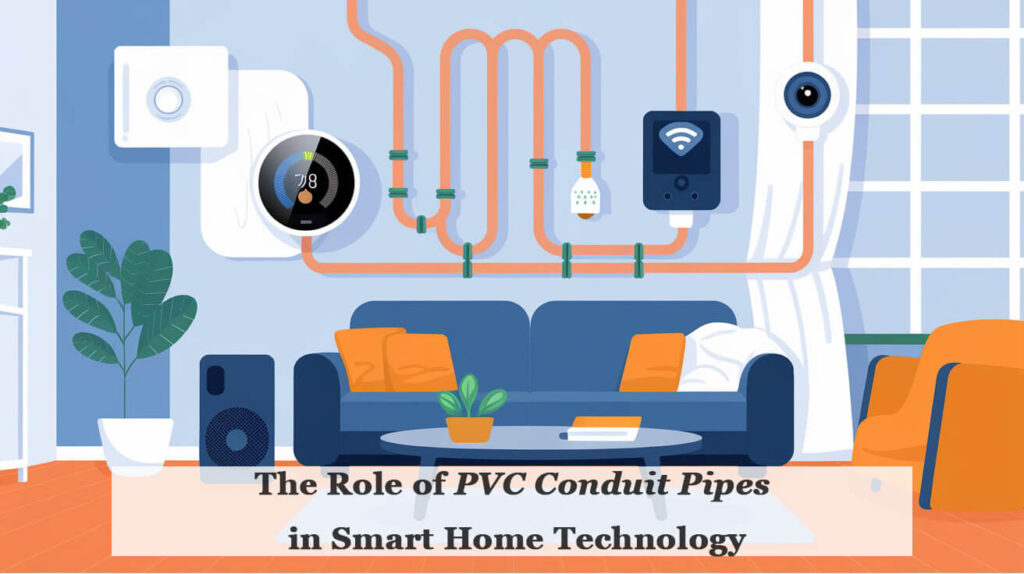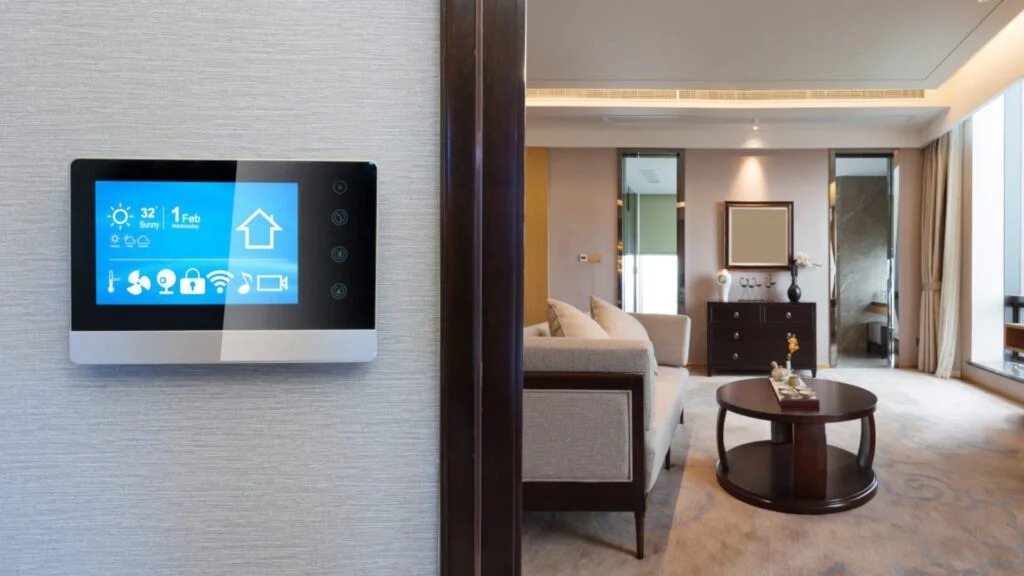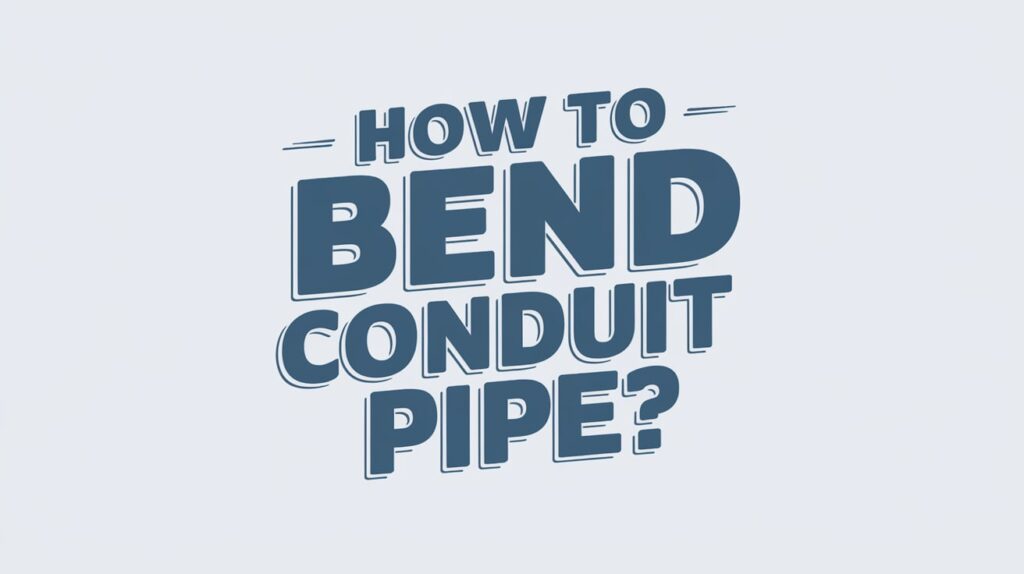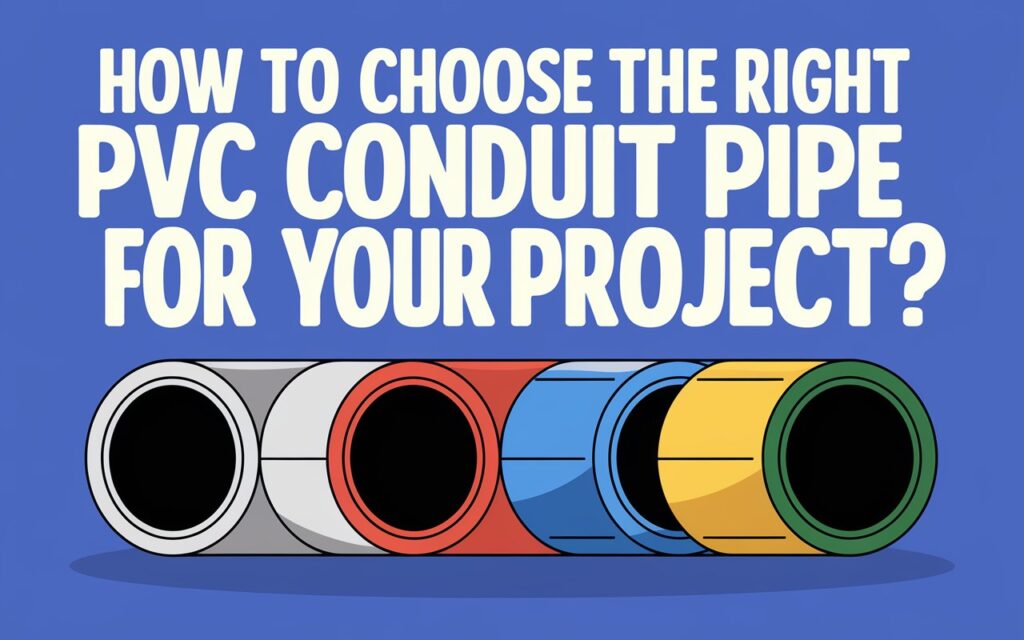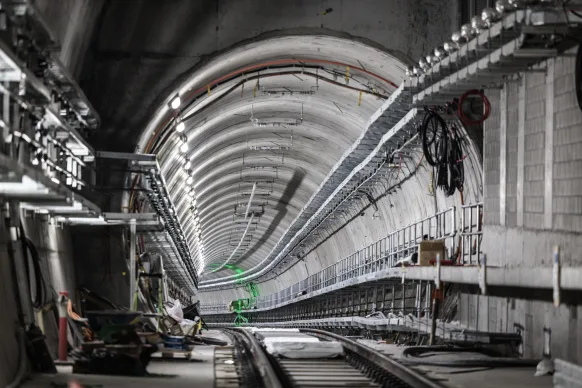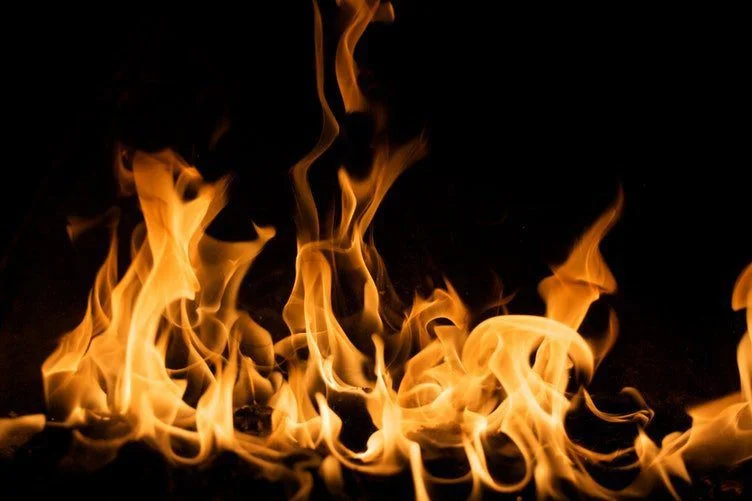The Role of PVC Conduit Pipes in Smart Home Technology
Smart home technology is rapidly gaining popularity due to the convenience and comfort it offers. However, what many people may not know is that the wiring behind the scenes plays an essential role in making smart homes work seamlessly. This is where PVC conduit pipes come in. In this article, we will discuss the importance of PVC conduit pipes in smart home technology and how they can help make your home smarter and more efficient.
What are PVC Conduit Pipes?
PVC conduit pipes are made of a flexible plastic material that is commonly used for protecting electrical wires. They come in various sizes and are used to carry wires from one location to another, while also providing protection against physical damage. Some of the types of PVC conduit pipes include flexible, rigid, and intermediate pipes. PVC conduit pipes are preferred over other materials due to their lightweight, cost-effectiveness, and durability.
How Do PVC Conduit Pipes Help in Smart Home Technology? PVC conduit pipes play a crucial role in smart home technology by providing a protective layer for the wires that control the various smart devices in your home. Here are some ways PVC conduit pipes can help make your home smarter:
- Protection of wiring from physical damage: The wiring in your home is susceptible to physical damage, which can be caused by pests, harsh weather conditions, or accidental damage. PVC conduit pipes protect the wiring from these elements, ensuring that the smart devices in your home continue to function optimally.
- Easy access to wires for maintenance and repairs: PVC conduit pipes make it easy to access the wiring when maintenance or repairs are required. Without conduit pipes, accessing the wiring can be challenging, which can make repairs take longer and be more expensive.
- Organizing and concealing wiring for a neater appearance: Wires can be unsightly and ruin the aesthetic appeal of your home. PVC conduit pipes help to organize and conceal the wiring, giving your home a neater appearance.
- Accommodating additional wiring in the future: As technology advances, you may need to add more wiring to your home to keep up with the changes. PVC conduit pipes make it easy to accommodate additional wiring in the future, ensuring that your home remains smart and efficient.
Installation of PVC Conduit Pipes:
Installing PVC conduit pipes is a straightforward process that requires some basic tools. Here are some steps involved in installing PVC conduit pipes:
- Determine the length of PVC conduit pipe required.
- Measure and mark the location where the PVC conduit pipe will be installed.
- Drill holes in the wall or ceiling where the PVC conduit pipe will be installed.
- Thread the PVC conduit pipe through the drilled holes and secure it in place.
- Connect the wiring to the PVC conduit pipe.
In conclusion, PVC conduit pipes play an essential role in smart home technology by protecting the wiring that controls the various smart devices in your home. PVC conduit pipes provide protection against physical damage, make it easy to access the wiring for maintenance and repairs, organize and conceal the wiring, and accommodate additional wiring in the future. By installing PVC conduit pipes, you can make your home smarter, more efficient, and safer. With the rapid advancement of smart home technology, PVC conduit pipes will continue to be a vital component in ensuring that your home stays connected and efficient for years to come.
The Role of PVC Conduit Pipes in Smart Home Technology Read More »

